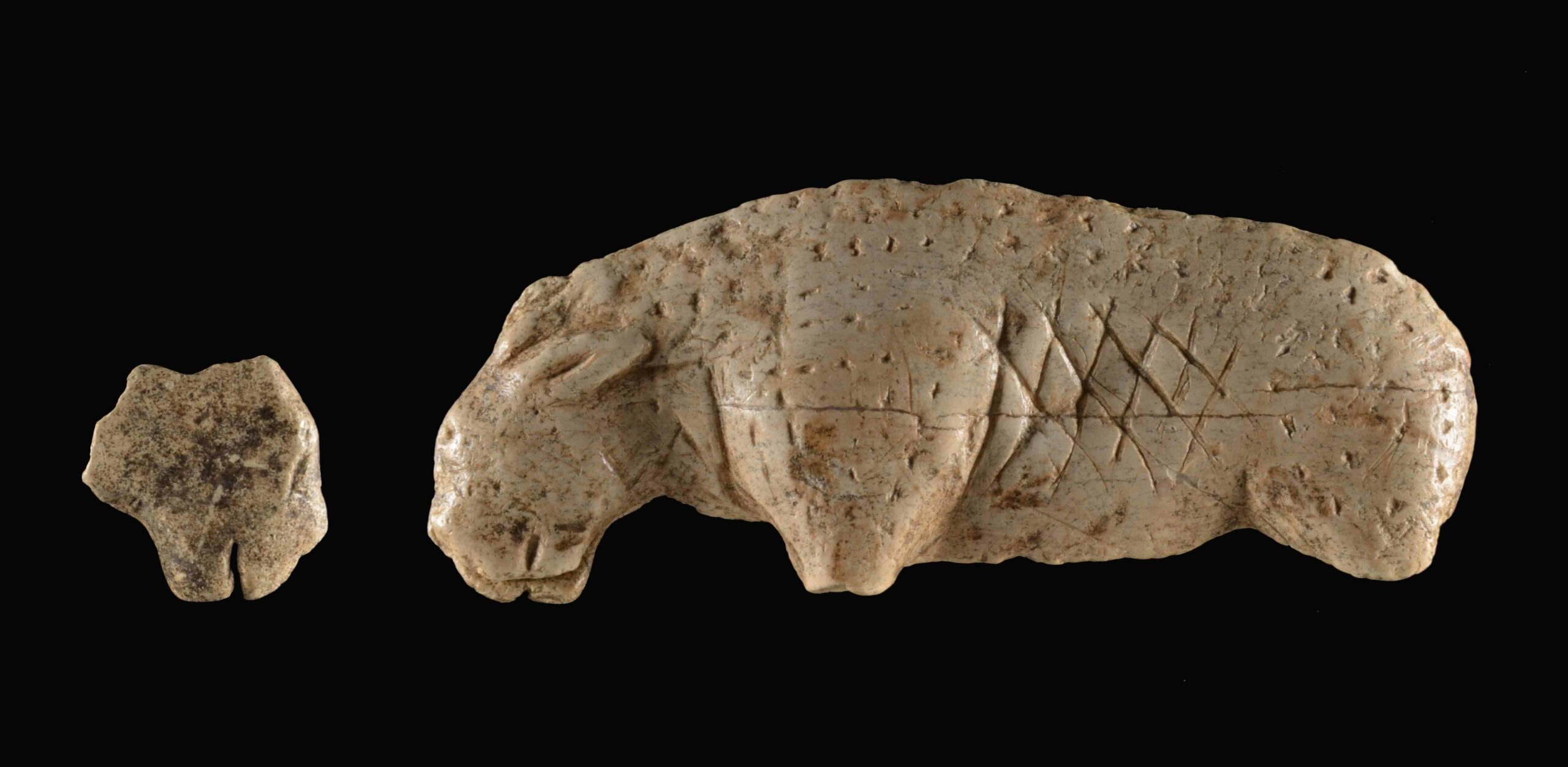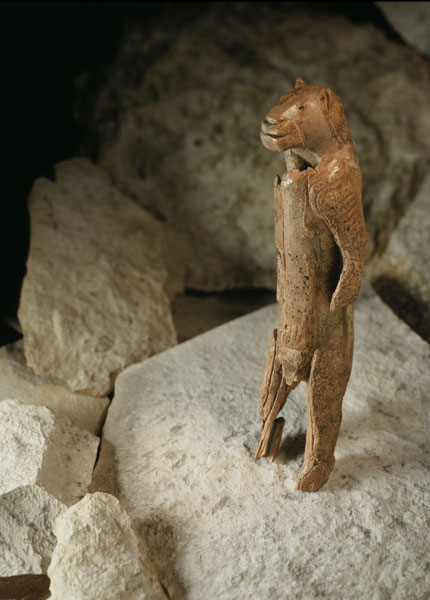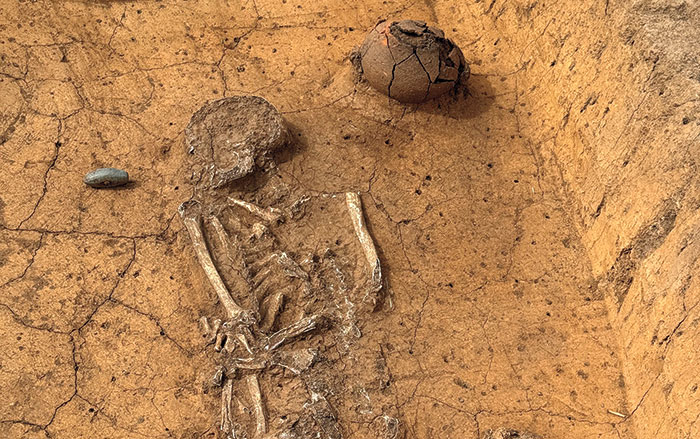
TÜBINGEN, GERMANY—Impressions of string have been found on fired clay, and string has been depicted in Ice Age artwork, but scholars have thus far known little about how European hunter-gatherers produced rope. Now according to a study conducted by researchers from the University of Tübingen and the University of Liège, Paleolithic hunter-gatherers may have used mammoth ivory tools to weave rope out of plant fibers. UPI reports that a team led by Nicholas Conard of the University of Tübingen found a 40,000-year-old tool in Hohle Fels Cave that had been carved with holes lined with spiral incisions. Veerle Rots of the University of Liège used replicas of the device to produce rope from plant fibers available near Hohle Fels. Similar tools have been found at Paleolithic sites in the past, but they were thought to be shaft-straighteners, artwork, or even musical instruments. To read about a Paleolithic masterpiece from the same region in Germany, go to "New Life for Lion Man."











